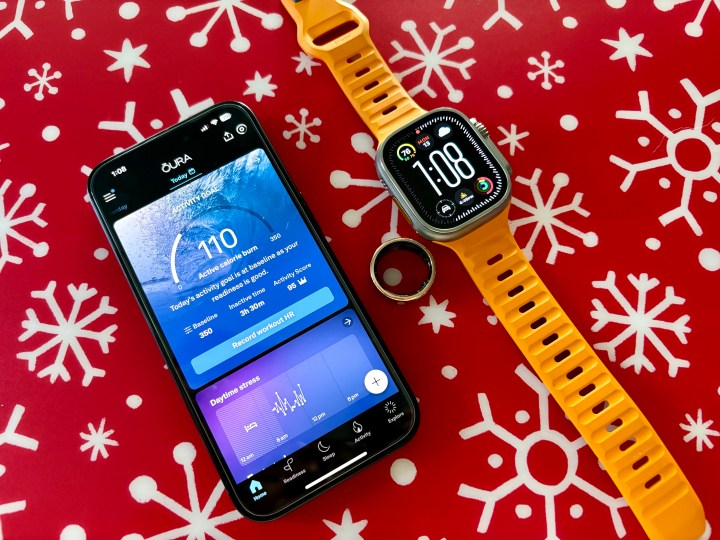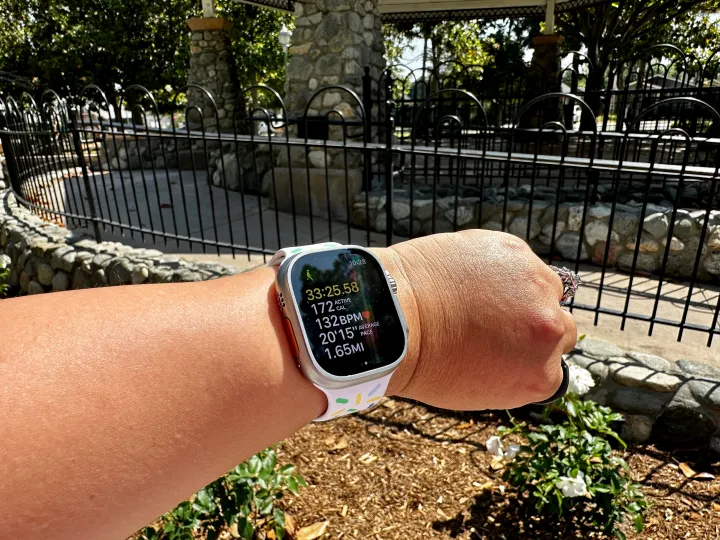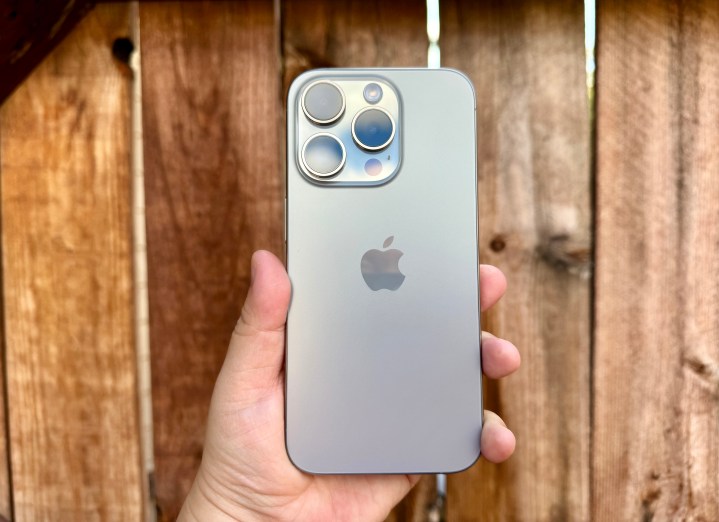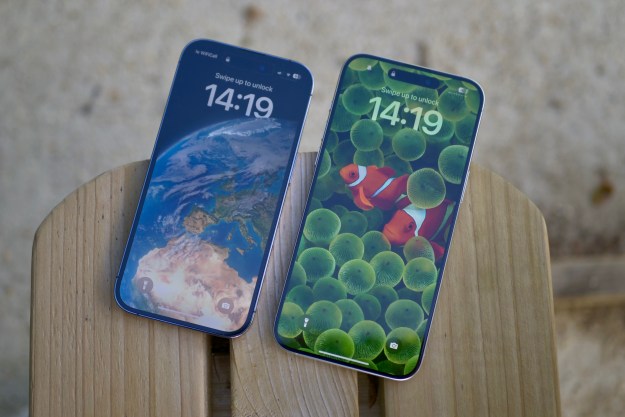
It’s November, which means it’s Diabetes Awareness Month, with World Diabetes Day recently happening on November 14. According to data from the Apple Heart and Movement Study (AHMS) and Apple Women’s Health Study (AWHS), there are about 537 million adults worldwide who are currently living with diabetes, with that number potentially reaching 643 million by 2030. In the U.S. alone, about two out of five people will develop diabetes in their lifetime, and more than one in three adults have elevated glucose levels that put them in the pre-diabetes zone.
I was pre-diabetic since my college years (it runs in both sides of my family), but then my doctor officially diagnosed me with Type 2 diabetes around early 2018. However, I was told that my case was more “mild” than others and that taking some medication — while also cutting out carbs and sweets, plus daily exercise — can help me keep it under control.
Though I’m not perfect and could do better with my diabetes management, my iPhone and Apple Watch have proven to be valuable tools. Here’s how.
Always checking my blood sugar levels

Though I was never told that I needed to monitor my blood sugar, I wanted to do it anyway. I prefer to stay on top of things, and I also just like seeing the data.
The problem with traditional blood glucose monitors is the fact that they mostly look archaic and clunky, but I eventually found the One Drop diabetes management platform. I got its starter kit with the blood glucose meter, test strips, and lancet. The meter connects via Bluetooth to my iPhone, so any readings can sync directly with the app.
I typically check my glucose at least once a day, in the morning when I wake up. When I was pregnant, I checked my glucose pretty much after every meal since I was at risk for gestational diabetes, but I haven’t been as disciplined about that since. But if I know I just had a lot of sugar, or if I am feeling weak due to low blood sugar (hypoglycemia), then I will check when necessary.
All my readings are logged in the One Drop app, which also feeds all data back into the Apple Health app with everything else. The One Drop app also can give you an estimated A1C (average blood sugar levels over the past three months) based on your data, which I have found helpful to see if I’m still on track with my goals. The Apple Watch app also has a complication for viewing your average glucose levels for the day, which I found especially useful when I was pregnant.
It’s important to note that One Drop has been around for quite some time, but I just received an email over the weekend that they are shutting down its premium service and web store (where you can purchase diabetic supplies). Instead, the company is now shifting its focus to a minimally invasive body-worn sensor (continuous glucose monitor). The app will continue to work though, so I plan to keep using it.
One Drop is not the only app out there to help you keep track of your blood glucose levels. There are other apps like mySugr or Diabetes: M available on the App Store (along with plenty of other options), or you can even add data manually in the Health app.
Making sure I don’t forget my medication

I mentioned earlier that my doctor prescribed me medication to help keep my blood glucose under control. But that’s not the only medication I take; I’m also on birth control and need prescriptions every now and then for anxiety. I also have a tendency to forget sometimes because life gets hectic, so I used to use a reminder app to help nag me about my medications.
With iOS 16 and watchOS 9, Apple added medications, vitamins, and supplements to the Health app. This lets you add everything that you need to take regularly and even get reminders and follow-up reminders to take them so you don’t forget. This is more beneficial than just using a basic reminder app since the Heath app also informs you of drug interactions (moderate, serious, or critical levels) and can also export your medication list for easy reference at doctor visits and such.
Since Apple added this feature, I’ve added my daily medications and it has absolutely helped me stay on top of taking everything, including my metformin, which I take twice a day (morning and evening). I get a reminder on both my iPhone 15 Pro and my Apple Watch Ultra, and when it pops up, I make sure to log it.
I also just like going back in the Health app at the end of the day and seeing the medication streak — it helps me stay on top of it all.
The Apple Watch helps me stay active

I’ve been using activity trackers ever since they first started up. I remember getting a Jawbone Up when those were still a thing before moving onto Fitbit once Jawbone went out of business. But then Apple came along with the Apple Watch, and though I was skeptical at first (why do I need one when I have Fitbit?), I eventually caved and have been using one ever since.
Though it’s not perfect, I’ve found the Apple Watch to be one of the best tools I have to help me stay active as much as I can. Apple gamified staying active with the Activity rings, and I always try as hard as I can to make sure they are complete by the end of the day. I currently have a 1,726-day Move streak, and I intend to keep that going as long as I can.
When I get a Stand notification, I am made aware that I’ve been sitting too long and it’s time to stretch my legs and get some fresh air. I live next to a small park so I take advantage of that by taking my daughter out there every day to play and I can also walk several laps to get my steps in. My husband and I also take walks to some downtown eateries several times a week, and we often go to Disneyland since we live nearby. Even though these are all small little things, they all add up and help me stay active, which helps keep my blood sugar levels in check.
Another neat feature that Apple added with iOS 17 and watchOS 10 is the ability to see how much time you’ve spent in daylight. This was something I kind of glossed over when it was announced, but it’s been incredibly motivational for me. It’s an interesting stat, and it has helped push me to get outside much more just to see how much time in daylight I can rack up in a single day. It’s a bit more challenging now that winter is coming, though, since it gets dark incredibly early.
Sleep is important too

Though a lot of diabetes management involves eating right (I could work on this more to be fair), losing weight, and exercising, sleep is also an important factor. A lot of research out there suggests that between 7–8 hours of sleep is recommended for adults with diabetes (and in general for everyone), as poor sleep makes managing it harder.
Though the Apple Watch is capable of sleep tracking, I don’t wear my Apple Watch Ultra to bed — it’s too bulky to wear overnight. Instead, I use my Oura Ring, which also provides much better sleep data than Apple Watch, in my opinion. It not only shows me the stages of sleep I was in, but things like timing, efficiency, restfulness, and more. It even tells me if I had enough deep or REM sleep for the night, and how it affects my overall readiness for the rest of the day.

I’ve been using the Oura Ring for about three years now, and it’s one of my favorite wearables despite moving to a subscription-based model to provide useful data. Not only does the in-depth sleep data give me good insight into how much sleep I actually get, but it also gives me an overview of my energy levels (Readiness score) and tracks my activity too, like my Apple Watch.
Though it may be an extra accessory, the Oura Ring has been a valuable addition to my toolkit for helping manage my diabetes.
Technology is so useful for managing your health

I’m far from being a perfect example of excellent diabetes control — it’s hard without proper discipline. But I have found my iPhone and Apple Watch, along with other wearables like Oura Ring, to be valuable additions to aid me in my diabetes management journey.
I’m still waiting for Apple to add noninvasive blood glucose monitoring to the Apple Watch someday, so I don’t need to prick my finger as much. But that day may still be quite a ways off, and until then, I’ll keep using my current iPhone and Apple Watch to stay on top of things.
Editors' Recommendations
- You’re all wrong — 60Hz on the iPhone is fine
- There’s only one reason I’m still using an iPhone in 2023
- This is what an iPhone looks like after a year with no screen protector
- Why RCS for the iPhone is Apple’s biggest announcement of 2023
- Why I can’t wait for Apple to finally make a smart ring




